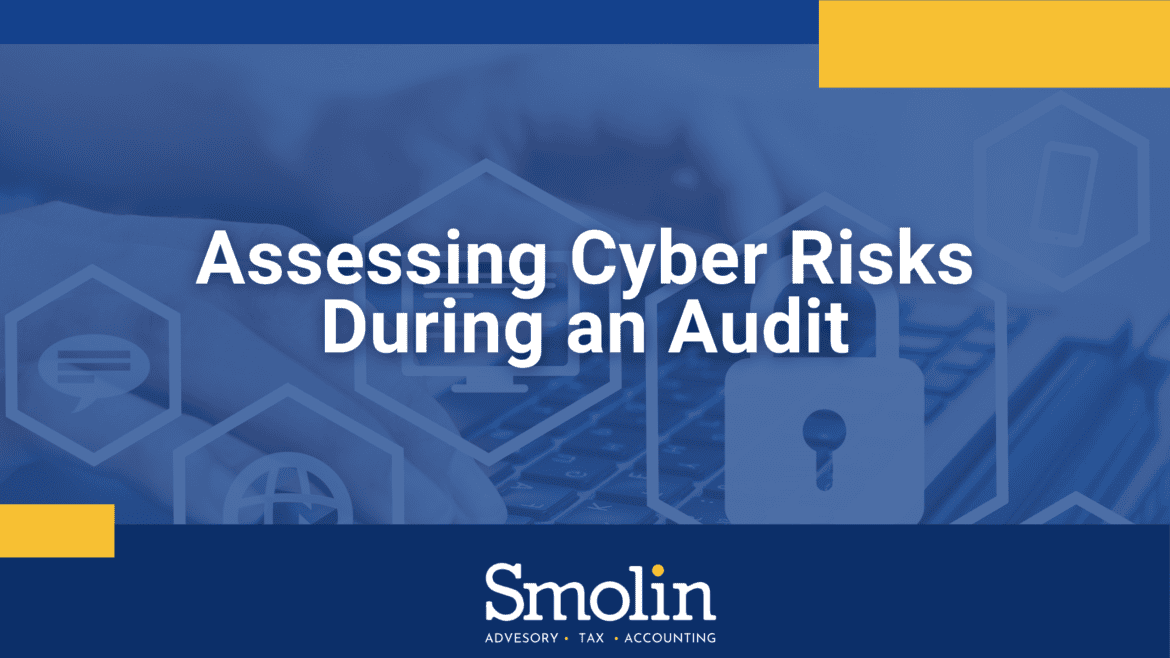
To complement a will, many people choose to transfer specific securities to a revocable living trust. Assets transferred to the trust generally aren’t required to go through the time-consuming and expensive probate process. In addition, they can be managed by professionals and are usually protected from creditors.
Used correctly, a living trust helps to ensure that your beneficiaries receive some of your wealth on your death, without any unnecessary complications. However, for the trust to do its job, it must be properly funded.
Transferring assets
Living trusts are funded by simply transferring assets to the trust—in essence, legal ownership of your assets is changed from your name to the trust’s name.
However, the trust may not serve its objectives, particularly with respect to avoiding probate, if assets aren’t properly transferred to it. The disposition of assets that haven’t been properly transferred is governed by your will, so it’s worthwhile to add a “pour-over” provision to your will that directs any leftovers to the trust.
Choosing which assets to transfer
Bank accounts, securities, real estate, and business interests are some of the most common assets to transfer to a living trust. These assets can usually be transferred with little difficulty (though real estate may require a bit of additional work). However, it’s important to change the beneficiary designations for assets transferred to the trust.
IRA and 401(k) plan or other retirement plan benefits are typically not favored as assets to transfer to a revocable trust, since naming the trust as beneficiary without proper care can potentially trigger unwanted tax consequences.
Transferring ownership of life insurance policies and annuities to a trust is often recommended—however, you may want to simply change the beneficiary designations, rather than transfer the ownership. This is because, absent certain exceptions, insurance policies and annuities that are transferred within three years of your death will be included in your taxable estate. Often, this decision will hinge on how likely it is that estate tax will be a factor.
Contact us today
Revocable trusts come with a number of benefits—they allow the assets they hold to avoid probate and allow for a person’s assets to be managed in the event that they become incapacitated. Contact us today if you have questions about revocable trusts and which assets you should use to fund them. We’ll be happy to help.


















